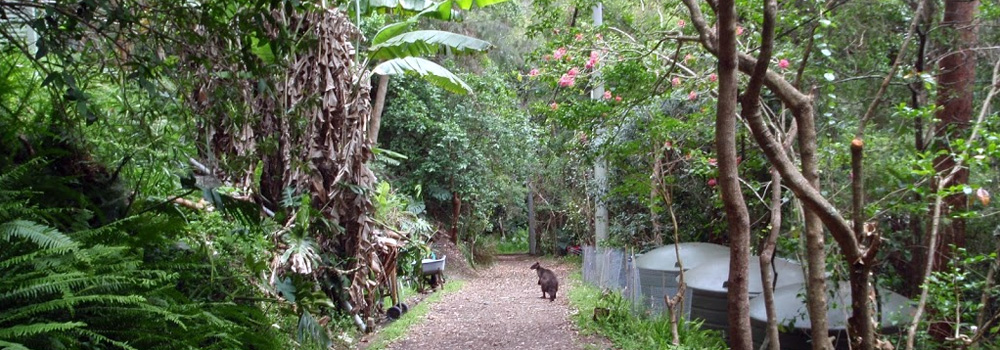Protocols

Fences
Erecting fences may require Council approval. To determine if approval is required please visit the Council eservices website for more details
Dividing Fence
Properties that are identified as heritage, flood control or foreshore lots will require a Development Application and consideration by Council. You should refer to your locality in Council’s Pittwater 21 Development Control Plan under “Fences” for specific requirements for fencing that may apply to your property.
Fire Risk
Source: NSW RFS
Many properties located in bush fire prone areas use dividing fences to separate property boundaries. Combustible fences may ignite during bush fires either as radiated heat or direct flame contact which may then ignite a dwelling, particularly if the fence is connected to the building in any way. Research by the Cooperative Research Centre (CRC) for Bushfires has identified that fences constructed from timber often burn during a bushfire event and in the worst cases, may provide a fire path to the dwelling.
The construction type of fencing was also found to make a significant difference during tests on timber fences. Timber fences with overlapping panels (palings) which create a surface with no penetrations performed significantly better in reducing radiant heat, flame and ember attack on a dwelling than fencing with spaced palings.
Soft Wood and Treated Pine
The CRC report notes that all types of treated pine fencing when exposed to ember attack, radiant heat and direct flame contact burnt to completion.
The RFS does not recommend the use of soft wood and treated pine fences in bush fire prone areas and does not support the use of brushwood fencing unless an applicable performance solution can be proven to meet the criteria of Planning for Bush Fire Protection.
Principles
The following principles have been designed to provide stakeholders with practical guidance when considering fencing in bush fire prone areas.
BAL 12.5 & BAL 19 houses (as per AS3959)
Where a timber fence does not connect to a dwelling and has a minimum of 1 metre separation from the dwelling then a fence may be constructed from hardwood, or non- combustible material.
Where a fence connects directly to or has less than 1 metre separation from a dwelling it should be constructed from non-combustible materials only. In all cases where timber fences are proposed, care should be taken in the selection, location and maintenance of landscaping adjoining the fence. Unmanaged landscaping could promote fire activity due to ember, radiant heat and direct flame contact and further impact timber fencing.
The above is based on the premise that construction for BAL 12.5 & BAL 19 dwellings is sufficiently removed from the main fire front and won’t be subjected to direct flame contact or extreme levels of radiant heat that may cause ignition of combustible materials.
However, dwellings could still be exposed to significant levels of ember attack and relatively high levels of radiated heat that may cause fences to ignite.
BAL 29 or BAL 40 & BAL Flame Zone
Dwellings assessed as requiring BAL 29, BAL 40 construction or located within the flame zone shall have fencing constructed from non- combustible materials (e.g. sheet metal or masonry). This is due to the increased likelihood of direct flame contact causing ignition of combustible materials which may provide a fire path to the dwelling. Local Alternatives Some authorities have raised concern with the RFS recommendation for sheet metal fencing because of local issues that focus on wildlife corridors and aesthetics. In these circumstances a local agreement between the council and the local Customer Service Centre may be permissible. However, the above principles should still apply and alternative solutions to reduce ignitions should be investigated.
For example; some areas within NSW have a requirement to provide measures that do not prevent travel of wildlife throughout the area. In these instances and especially where Koala’s inhabit an area, timber may be incorporated as part of the fence to provide an escape path for koalas trapped in suburban yards. An alternative solution for BAL 29 and flame zone developments is that; • Sheet metal fences that incorporate additional hardwood posts on either side of the fence will still provide an escape path for koalas and also provide a significant reduction to the likelihood that the fence may become involved in fire during a bush fire event
 Additional Information
Additional Information
Northern Beaches Council
- Land Zoning Map
- Fence DCP for Lower Western Foreshores. Pittwater 21 Development Control Plan (14/11/15), Lower Western Foreshores and Scotland Island Locality, (See P21 DCP Vol 3 – Part D, D8.10 Fences, p202.)
Rural Fire Service
Crowns Lands